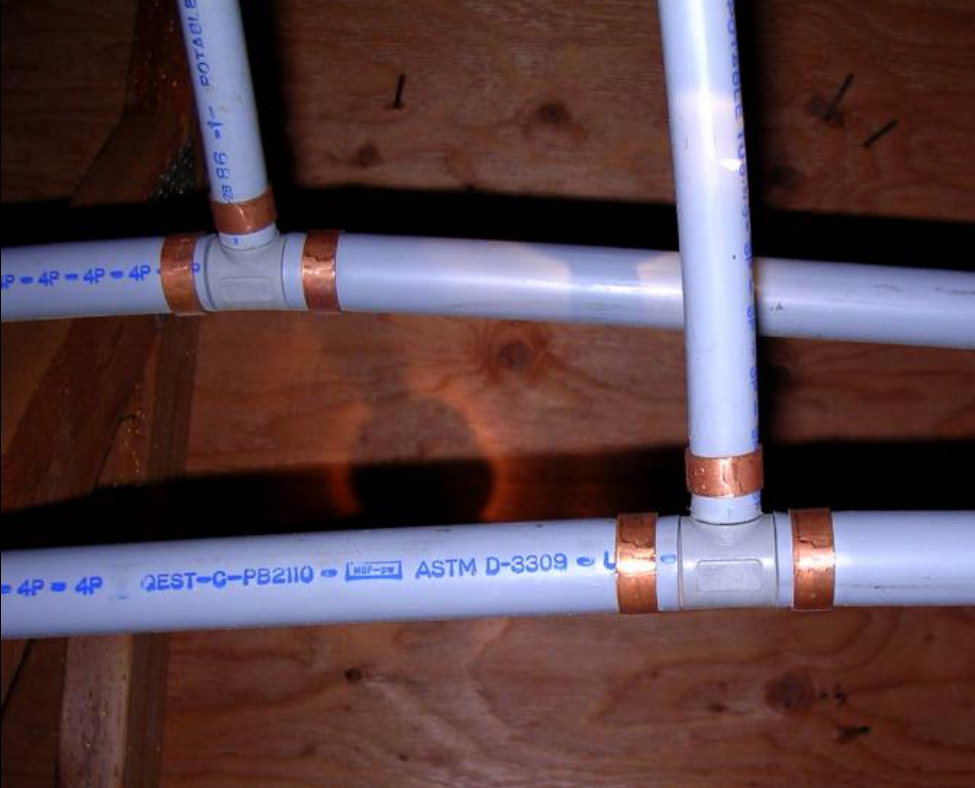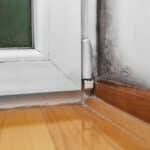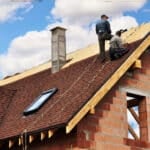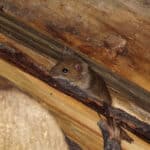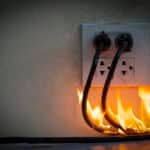Throughout the United States, there are a number of different kinds of pipes that are utilized in homes. Different types of piping used in homes throughout the United States are plastic, copper, galvanized, Polybutylene, cpvc, PVC, polyethylene, etc. We will take a look at one particular pipe and some of the issues with it.
This pipe is Polybutylene piping, often referred to as “POLY” pipe. If you’re asking yourself, “What is Polybutylene?” you may wonder if your house or company was built with it. If the structure in question was developed between the late 1970′s and mid 1990′s, polybutylene pipes may have been used, and are most likely still in use.
What’s wrong with polybutylene pipes? Answer: they have an abnormally high rate of failure under typical operating conditions. Degeneration connected to chlorine water ingredients is contented to the failures. Homes and businesses on personal dedicated water supplies, such as well water, have reported many plumbing problems.
What does Polybutylene look like?
Polybutylene pipe is gray, black or blue. Inside a home or business polybutylene plumbing is gray and outside polybutylene plumbing is primarily blue. Throughout the United States, polybutylene pipe was installed and manufactured in plumbing systems from the late 1970′s till the mid-1990′s, however, stockpiles of polybutylene pipe at plumbing supply firms, were still known to be available up to 1999.
Why is Poly Pipe so Bad?
Although a lot of poly piping problems originate from inappropriate plumbing setup and installation, many issues are with the piping itself. Polybutylene pipe tends to wear away from contact with oxidants discovered in public water materials. Often, failure of the plumbing pipe takes place in the plastic fittings. A major plumbing problem with poly pipe is the pipe wears away from the within because the oxidants are held in the water, and the water is constantly running through the inside of the pipe. This makes it very hard to identify if the pipe is genuinely in good condition from simply an outside examination. Usually the pipe looks fine from the outside, for a while. Most plumbing inspectors can not offer a trustworthy plumbing evaluation on the condition of poly piping unless there is a noticeable issue with the exterior of the pipe or its installation.
When a pipe leaks with polybutylene pipe start to happen, it is usually extremely serious due to the fact that the deterioration of the pipe takes place from within. Poly pipe leaks are unforeseeable and there are no signs to warn of an upcoming leakage. Some things that influence polybutylene piping detrimentally consist of:
- Poor installment by the plumbers.
- Water quality.
- Age of the pipe and fittings.
- Devices used during the installment were calibrated for correct tolerances.
- Chlorine and mineral levels.
- Degeneration of pipe fittings.
When polybutylene pipe reacts with the oxidants in tap water, it becomes fragile, occasionally scaling or flaking. This results in the fracturing of the indoor surface area of the pipe, which permits even more degeneration. Ultimately the pipe will start to leak, causing water damage. Poly pipe with plastic fittings or with metal fittings will eventually incur damages. Best Plumbers® warns its readers that poly piping is not reliable under any condition. If a pipe has actually been leaking for time without the knowledge of a homeowner, severe structural damage to the house can result, making repairs very difficult. What can occur if Poly Pipe is left in the house?
Damages from polybutylene pipe leaks can be very expensive. Insurance coverage occasionally cancel or refuse policies for houses with recognized poly piping problems, and it is challenging to market a home that has such an unreliable plumbing system. The presence of polybutylene pipe will likely impact a home’s value. Poly pipe usually takes about 12 years to start revealing signs of severe deterioration; for this reason it is necessary to understand the issues that can be caused by its presence, and what can be done about it prior to it happening.
What about cost?
There are many things that effect the cost of replacing polybutylene plumbing like: Availability of the existing water lines, the ability to reroute the brand-new water lines to each component. However, none of these will be as costly as a pipe, fitting, or valve that has actually failed and leaked causing damages in the house. There have been some documented cases where a ruptured line has actually caused $50,000 to $100,000 is damages.

